I’ve started the last couple of editions of Patch News by complaining about the bad weather and hoping for better next month. And yes, August was very slightly better. We flew regularly but it hasn’t really been a proper summer, just a couple of decent days here and there. But fear not, our Chairman Gordon Bennett is predicting an Indian Summer, get the sunscreen and iced drinks ready! At the start of the month the farmers gave a flock of sheep their annual dipping and they were in ‘our’ field briefly but they were no trouble.
 A few days later farmer George said we were looking lonely so he brought along a herd of bullocks to keep us company! Oddly, despite being the young, normally problematic ones they have barely bothered us at all. We have had to gently steer them away from the patch a couple of times but once away they’ve stayed clear for the rest of the flying session.
A few days later farmer George said we were looking lonely so he brought along a herd of bullocks to keep us company! Oddly, despite being the young, normally problematic ones they have barely bothered us at all. We have had to gently steer them away from the patch a couple of times but once away they’ve stayed clear for the rest of the flying session. 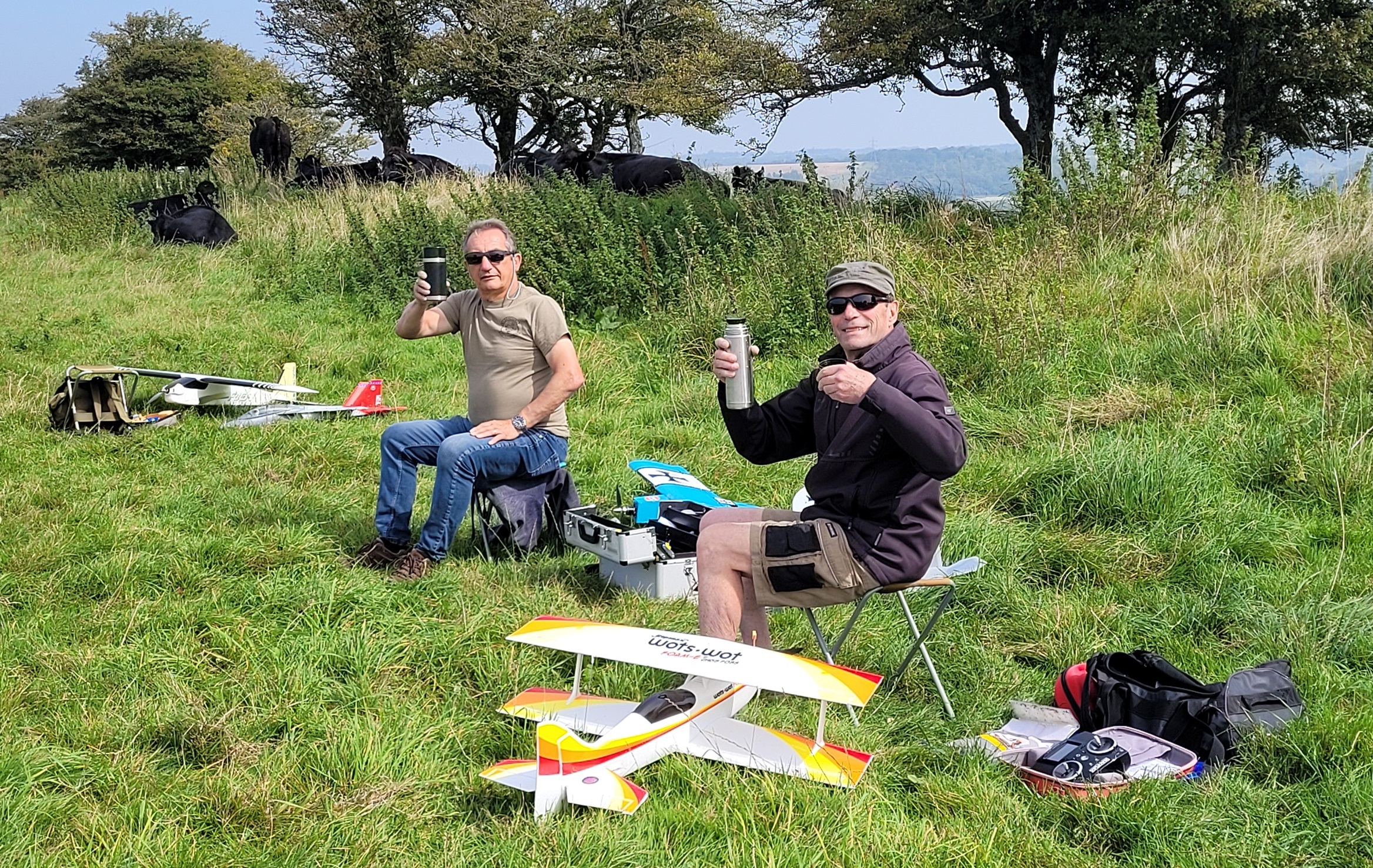
On the last Friday morning session they decided to come to the pits to watch our flying.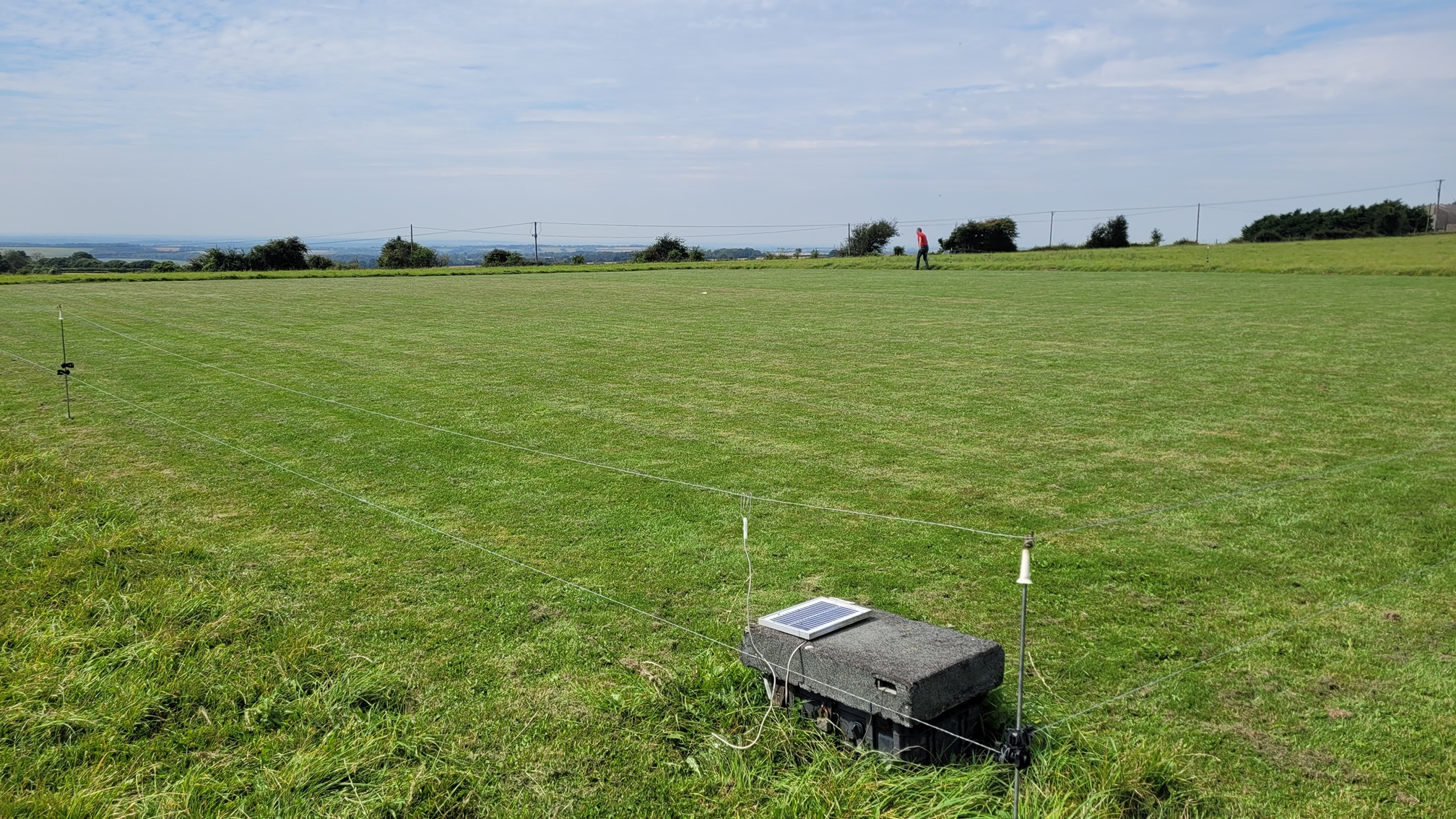 Mowing continued as usual throughout the month and the patch is in good condition.
Mowing continued as usual throughout the month and the patch is in good condition.
Several new models were flown in August, I’ll begin with two from new member Patrick. Patrick is going to need a pseudonym for blog use soon and, as his surname is Beagles it shouldn’t be too difficult to come up with something…Poodle? Answers on a postcard…
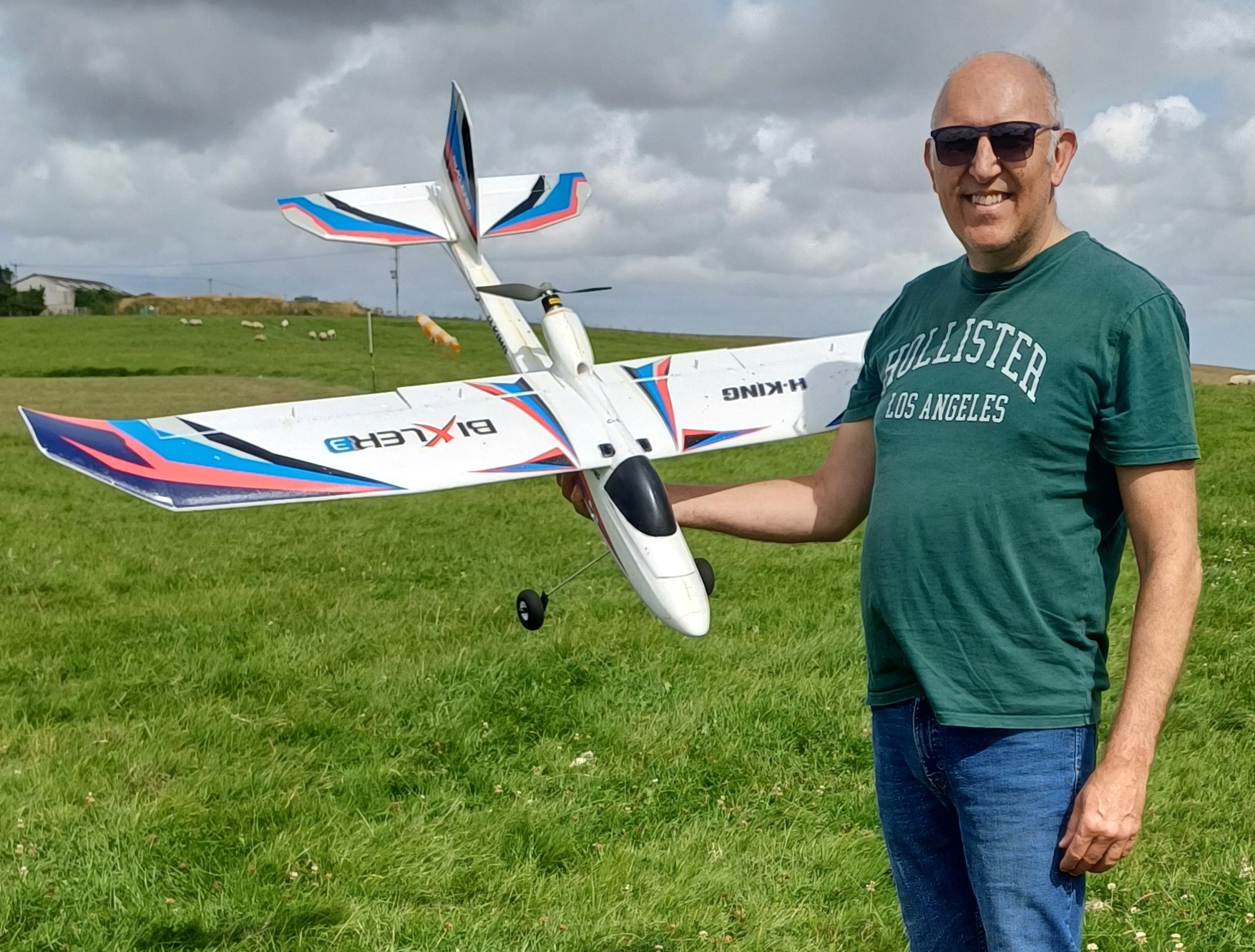 The first of his new models to fly was a HobbyKing Bixler 3. We’ve all seen Bixlers before, they’ve been around for years in various forms and the version 3 doesn’t look to have changed much but apparently it has angular wing and tail surfaces and it’s bigger than the other versions with a wingspan of 1550mm. It also has an uprated 2620 1400kV motor and an easily removable undercarriage. All ARTFs have those, but mostly unintended!
The first of his new models to fly was a HobbyKing Bixler 3. We’ve all seen Bixlers before, they’ve been around for years in various forms and the version 3 doesn’t look to have changed much but apparently it has angular wing and tail surfaces and it’s bigger than the other versions with a wingspan of 1550mm. It also has an uprated 2620 1400kV motor and an easily removable undercarriage. All ARTFs have those, but mostly unintended!
 The Bixler comes almost ready to go, fitted with the motor, a 20A speed controller, and 4 x 9g servos so it just needs a receiver and a 3 cell 2200mAh battery. Dougal Entendre did the initial trimming after which he handed the transmitter over to Patrick who flew the Bixler with no problems. Patrick’s second new model is another one from HobbyKing, a Durafly Ugly Stick, identical to the one that Woody has been enjoying flying recently.
The Bixler comes almost ready to go, fitted with the motor, a 20A speed controller, and 4 x 9g servos so it just needs a receiver and a 3 cell 2200mAh battery. Dougal Entendre did the initial trimming after which he handed the transmitter over to Patrick who flew the Bixler with no problems. Patrick’s second new model is another one from HobbyKing, a Durafly Ugly Stick, identical to the one that Woody has been enjoying flying recently.
 The Ugly Stick comes ready fitted with a 3536 900kV motor, a 30A Durafly speed controller, and 4 x 9g servos so, like the Bixler, it just needs a receiver and 3 cell 2200mAh battery to get it flying. And Ugly Sticks fly very well indeed, even Dougal managed to make it look good on the maiden flight! You can see parts of the first flights of both of Patrick’s new models in this month’s video which seems to have turned into The Mini-Mike Movie!
The Ugly Stick comes ready fitted with a 3536 900kV motor, a 30A Durafly speed controller, and 4 x 9g servos so, like the Bixler, it just needs a receiver and 3 cell 2200mAh battery to get it flying. And Ugly Sticks fly very well indeed, even Dougal managed to make it look good on the maiden flight! You can see parts of the first flights of both of Patrick’s new models in this month’s video which seems to have turned into The Mini-Mike Movie!
 A few flights later Patrick managed to break the Ugly Stick slightly but luckily not too drastically and after a few cocktails (by the look of it!) he had it all back in one piece.
A few flights later Patrick managed to break the Ugly Stick slightly but luckily not too drastically and after a few cocktails (by the look of it!) he had it all back in one piece.
Patrick is not alone in breaking a new model and after two Patch News articles on his Fusion build 1066 has written another piece for us about breaking and then repairing it:
We all break models at some point, and we can generally put it down to pilot error, structural or avionics failure. As some may know I recently damaged my new fun-fly model while trying to do fast consecutive touch and goes. The damage was confined to the fuselage, one side had a single crease and the ply doubler had delaminated from the balsa, (poor building here) the other side had two cracks that went through the balsa and ply doubler, all this was within the area of the battery hatch, so the weakest part of the fuselage. This model is not an ARTF (always ready to fail) it is designed with the sole purpose of being competitive in national fun flying competitions. The undercarriage is built like a tank, and is mounted in such a way that it’s impossible for the plane to nose over, the wheels are in front of the propeller, so almost impossible to damage it.
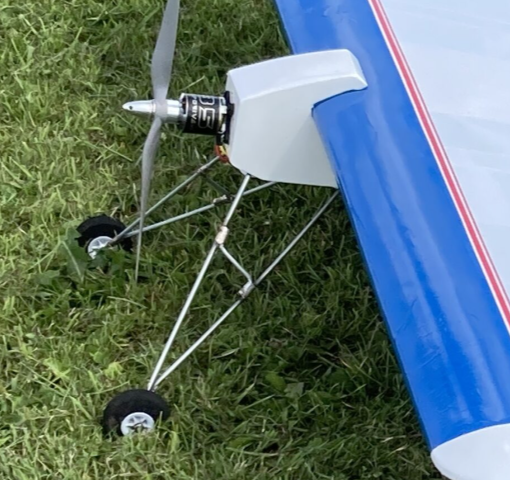 When you look at the forward sweep of the undercarriage, and the way it is mounted, you can see a lot of thought has gone into reducing and spreading the loads encountered when doing a touch and go. During competition these guys are not waiting for a gentle touch when doing as many as they can in 2 minutes. Taking all the above into account, I was totally confused as to the cause of the damage the model had suffered. Was it pilot error? (YES! Ed) My attempted touch and go was a bit faster, and steeper than optimal, however it was straight into wind, we had just cut the grass, and our patch is not full of holes, so therefore should have been well within the models’ ability. I know I am biased, but I’m claiming no pilot error on this occasion, so it’s got to be structural failure. The repairs were very straightforward, and I have taken the opportunity to stiffen things up around the battery access. It was when I came to refit the undercarriage that everything became clear. The kit is not supplied with any wheels, the ones I used needed the hub opening out to fit the large gauge piano wire axles, and it looks like I went a bit too far.
When you look at the forward sweep of the undercarriage, and the way it is mounted, you can see a lot of thought has gone into reducing and spreading the loads encountered when doing a touch and go. During competition these guys are not waiting for a gentle touch when doing as many as they can in 2 minutes. Taking all the above into account, I was totally confused as to the cause of the damage the model had suffered. Was it pilot error? (YES! Ed) My attempted touch and go was a bit faster, and steeper than optimal, however it was straight into wind, we had just cut the grass, and our patch is not full of holes, so therefore should have been well within the models’ ability. I know I am biased, but I’m claiming no pilot error on this occasion, so it’s got to be structural failure. The repairs were very straightforward, and I have taken the opportunity to stiffen things up around the battery access. It was when I came to refit the undercarriage that everything became clear. The kit is not supplied with any wheels, the ones I used needed the hub opening out to fit the large gauge piano wire axles, and it looks like I went a bit too far.

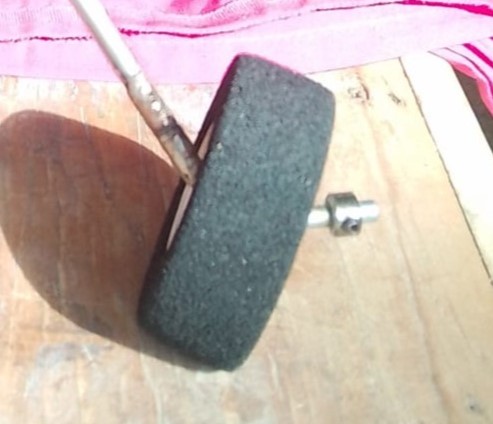 As can be seen in the photos the left hand wheel had locked solid on impact with the ground, probably due to the hub failing and riding up over the bend, and because the undercarriage is so stiff and long this magnified the twisting load applied to the sides of the fuselage. I suppose the moral here is, no matter how good the design, there is always the unforeseen. Thanks 1066, maybe just fit a second collet on the other side of the wheel?
As can be seen in the photos the left hand wheel had locked solid on impact with the ground, probably due to the hub failing and riding up over the bend, and because the undercarriage is so stiff and long this magnified the twisting load applied to the sides of the fuselage. I suppose the moral here is, no matter how good the design, there is always the unforeseen. Thanks 1066, maybe just fit a second collet on the other side of the wheel?
One Sunday morning in August there was a light easterly wind and a couple of paragliders were trying to fly. I say trying because they did manage to get airborne but neither of them was able to gain enough height to stay aloft. A couple of times they each ended up at the bottom of the slope and had to carry their gear back up for the next attempt. We were very wary about flying as they did come along the ridge quite close to us and with just a small change in the wind they may have suddenly appeared in our airspace. Eventually they gave up so we flew but by then it was almost lunchtime. A few MVSA members were also flying but they were no problem to us. When I walked back to my car an MVSA guy arrived and we got chatting, discussing the suitability of the wind for the Sky Surfers, and he told me about a website called Flybubble that the paragliders use and we might find useful:
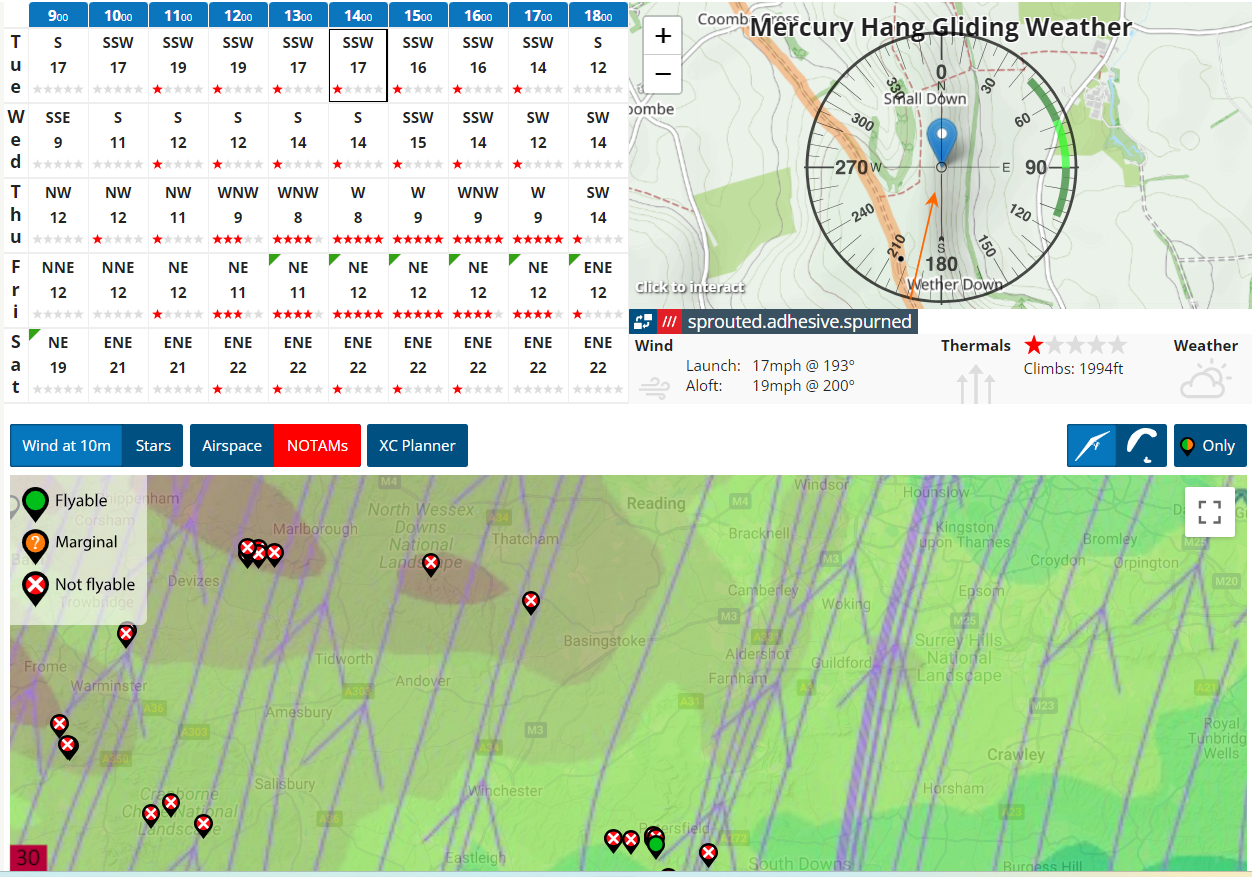 Flybubble is a specialist paragliding and freeflight equipment retailer and distributor and the interesting thing for us is that their website has weather forecasts for paragliding sites right across the country including Mercury where we fly. Their main website is https://flybubble.com which is quite interesting in itself but the one that’s useful to us is https://flybubble.com/weather/mercury-15469#5 Dougal has revamped the PAM website weather page to include the Flybubble link for Mercury, just click on the Weather heading.
Flybubble is a specialist paragliding and freeflight equipment retailer and distributor and the interesting thing for us is that their website has weather forecasts for paragliding sites right across the country including Mercury where we fly. Their main website is https://flybubble.com which is quite interesting in itself but the one that’s useful to us is https://flybubble.com/weather/mercury-15469#5 Dougal has revamped the PAM website weather page to include the Flybubble link for Mercury, just click on the Weather heading.
It’s interesting to note that the BBC forecast seems to give the steady windspeed (not gusts), Holfoy gives the actual speed live plus gust speeds, and Flybubble appears to give the highest speeds, so presumably gusts. At the time I am writing BBC says 11mph, Holfoy 9.9 to 13mph, and Flybubble 16mph. Take your pick, maybe take an average of them all!
Following his Fusion build 1066 has got the building bug and has started on a Dancing Wings Cub. Here’s a little teaser of what’s coming in next month’s exciting instalment! 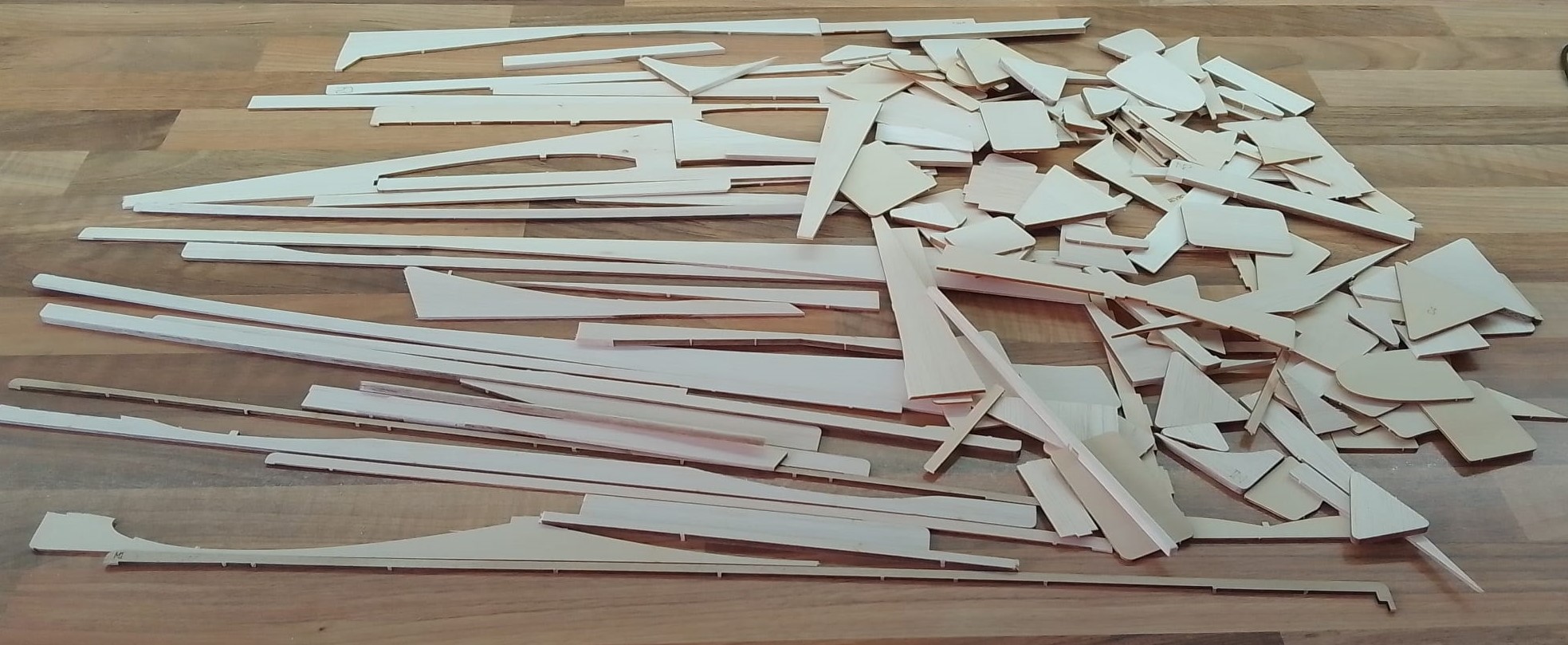
Woody has sold his Max Thrust Riot to Captain Slow as he didn’t really get on with it.
 It’s actually a Pro-Built balsa and ply Riot rather than the all foam one and is a lot heavier than the original. I’ve just found an article in RCM&E by Kevin Crozier about the Pro-Built Riot which says it’s 60% heavier than the foam one, surely that can’t be a good thing!
It’s actually a Pro-Built balsa and ply Riot rather than the all foam one and is a lot heavier than the original. I’ve just found an article in RCM&E by Kevin Crozier about the Pro-Built Riot which says it’s 60% heavier than the foam one, surely that can’t be a good thing!
 Captain Slow only had one flight on the day as something was out of balance which made the plane very noisy. He thinks it was the prop driver that wasn’t running quite true so will be sourcing another one and checking everything properly with a dial gauge before he’s happy to fly it again. But it flew fine apart from the noise and it’s in this month’s video.
Captain Slow only had one flight on the day as something was out of balance which made the plane very noisy. He thinks it was the prop driver that wasn’t running quite true so will be sourcing another one and checking everything properly with a dial gauge before he’s happy to fly it again. But it flew fine apart from the noise and it’s in this month’s video.
At the end of the month Captain Slow dug out his Wot Trainer to give prospective new member Terry Small some flights using a buddy box. I’m never quite sure about the model, it’s become known as the club trainer but I believe ownership is actually split between Captain Slow and Woody. It flies on either 3 cells or 4 cells but as it needs weight in the nose it uses either 2 x 3 cell or 2 x 4 cell packs connected in parallel so it only has the voltage of one 3 or 4 cell pack and gets long flights, perfect for a trainer. It was very windy on the day Terry had some flights with the plane but he seemed to be getting the hang of it.
MacFly bought and flew a very nice new model in August, a JP F38 Hornet Delta Racer.
 This is what the J Perkins website says about it: Looking for fast and furious R/C fun? Then you’ve come to the right place. Buckle up, tuck this tantalising F38 under your arm and prepare for a 3S-fuelled thrill that’ll have your clubmates rushing to buy their own. Make sure they get a different colour and enjoy triple the excitement as you go head-to-head in a bout of brute, brushless pylon racing. Packing a powerful pre-fitted 1200KV brushless motor, 30A ESC and supremely capable twin 9g servos, just 30 short minutes is all it takes to get this 3-channel PNP foamie airborne, and 30 seconds to get hooked! Docile, dead easy to launch and furiously fast, the JP F38 Hornet is the perfect all-weather grab ‘n’ go racer. Suitable for any occasion and almost any field, it’s a keeper.
This is what the J Perkins website says about it: Looking for fast and furious R/C fun? Then you’ve come to the right place. Buckle up, tuck this tantalising F38 under your arm and prepare for a 3S-fuelled thrill that’ll have your clubmates rushing to buy their own. Make sure they get a different colour and enjoy triple the excitement as you go head-to-head in a bout of brute, brushless pylon racing. Packing a powerful pre-fitted 1200KV brushless motor, 30A ESC and supremely capable twin 9g servos, just 30 short minutes is all it takes to get this 3-channel PNP foamie airborne, and 30 seconds to get hooked! Docile, dead easy to launch and furiously fast, the JP F38 Hornet is the perfect all-weather grab ‘n’ go racer. Suitable for any occasion and almost any field, it’s a keeper.
Well they certainly seem to like it! And so do I and fortunately MacFly does as well.
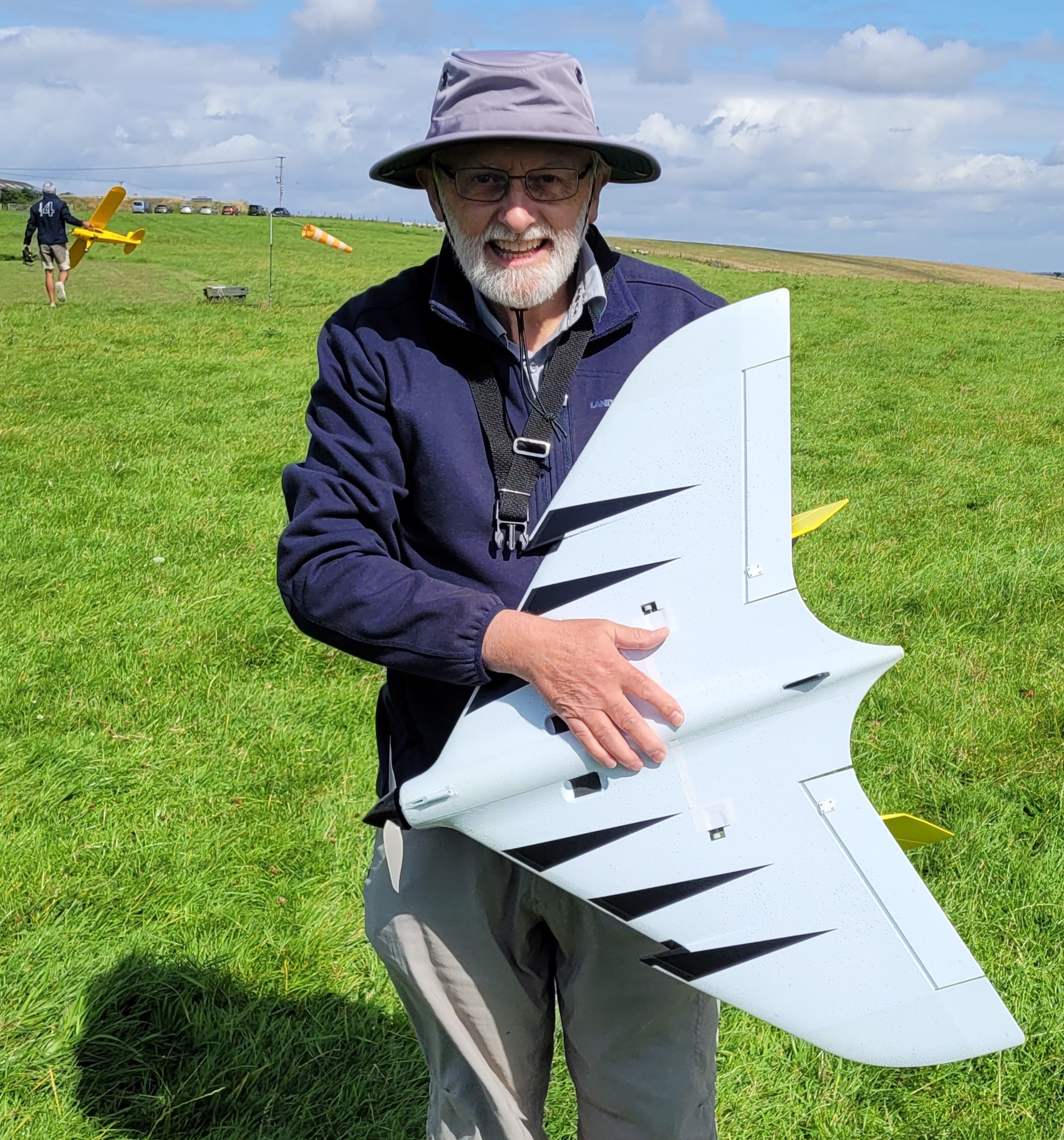 The Hornet is 800mm wingspan and the flying weight is quoted as just 550g so with a 2834 1200kV motor it’s no slouch but I wouldn’t say it’s as fast as the description implies. MacFly asked me to trim it and I found the Hornet good to fly, smooth, responsive, and quick at full throttle but also happy at half throttle and it will slow up nicely for landing.
The Hornet is 800mm wingspan and the flying weight is quoted as just 550g so with a 2834 1200kV motor it’s no slouch but I wouldn’t say it’s as fast as the description implies. MacFly asked me to trim it and I found the Hornet good to fly, smooth, responsive, and quick at full throttle but also happy at half throttle and it will slow up nicely for landing.
 MacFly has been enjoying the Hornet, it’s ideal for our field as it flies in pretty much any weather from the howling January winds to the August…well not quite so howling winds!
MacFly has been enjoying the Hornet, it’s ideal for our field as it flies in pretty much any weather from the howling January winds to the August…well not quite so howling winds!
 The Hornet comes complete with everything except a receiver and battery so MacFly has fitted an FrSky Archer Plus SR10+ combined receiver and stabiliser and he’s using a 3 cell 2000mAh 35C lipo pack. He’s had a couple of ‘interesting moments’ with the plane, the second one when he decided to switch the stabiliser from the Stabilisation mode which damps out wind buffeting to Automatic Level which, as the name implies, should instantly bring the model to level flight. MacFly isn’t sure what went wrong but it seemed to roll the Hornet inverted (even though he’s sure it was set correctly) and in the race to switch back to Stabilisation he lost and gravity won. A replacement airframe is already on order…
The Hornet comes complete with everything except a receiver and battery so MacFly has fitted an FrSky Archer Plus SR10+ combined receiver and stabiliser and he’s using a 3 cell 2000mAh 35C lipo pack. He’s had a couple of ‘interesting moments’ with the plane, the second one when he decided to switch the stabiliser from the Stabilisation mode which damps out wind buffeting to Automatic Level which, as the name implies, should instantly bring the model to level flight. MacFly isn’t sure what went wrong but it seemed to roll the Hornet inverted (even though he’s sure it was set correctly) and in the race to switch back to Stabilisation he lost and gravity won. A replacement airframe is already on order…
For the action shots this month I’ve been looking back through some very old photos: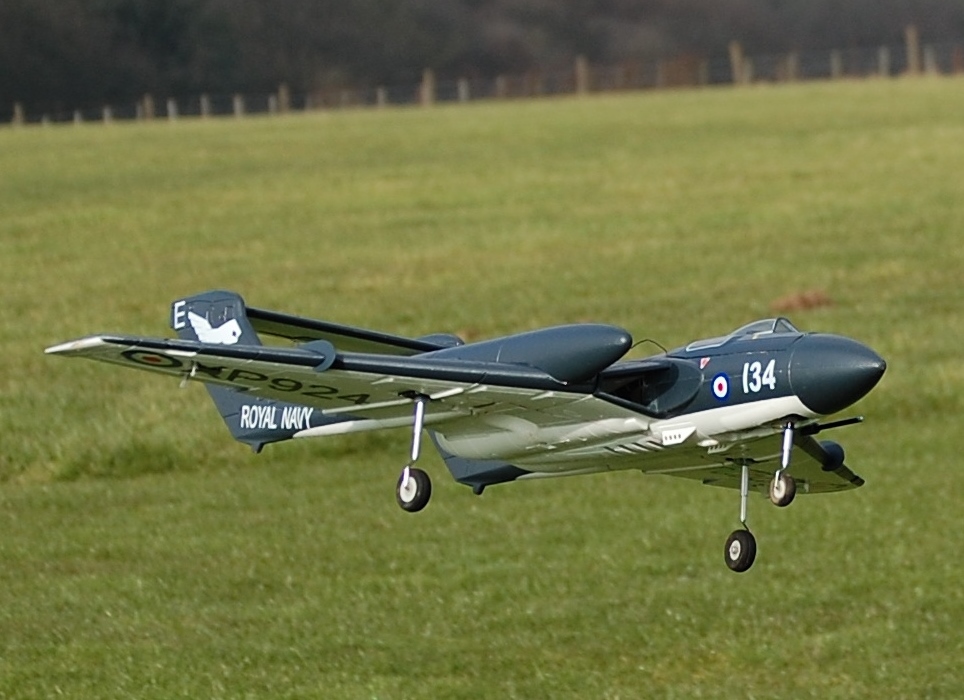

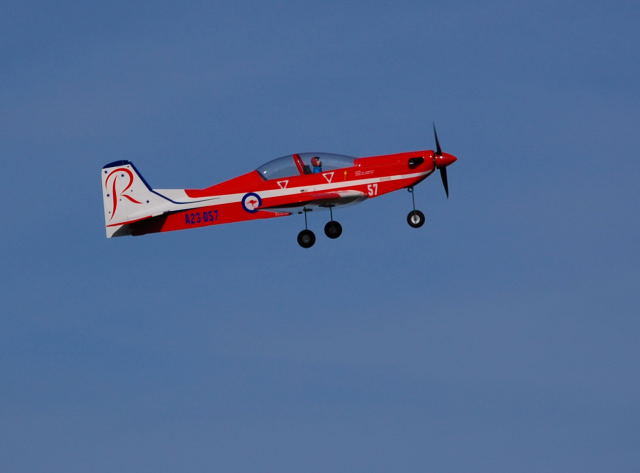
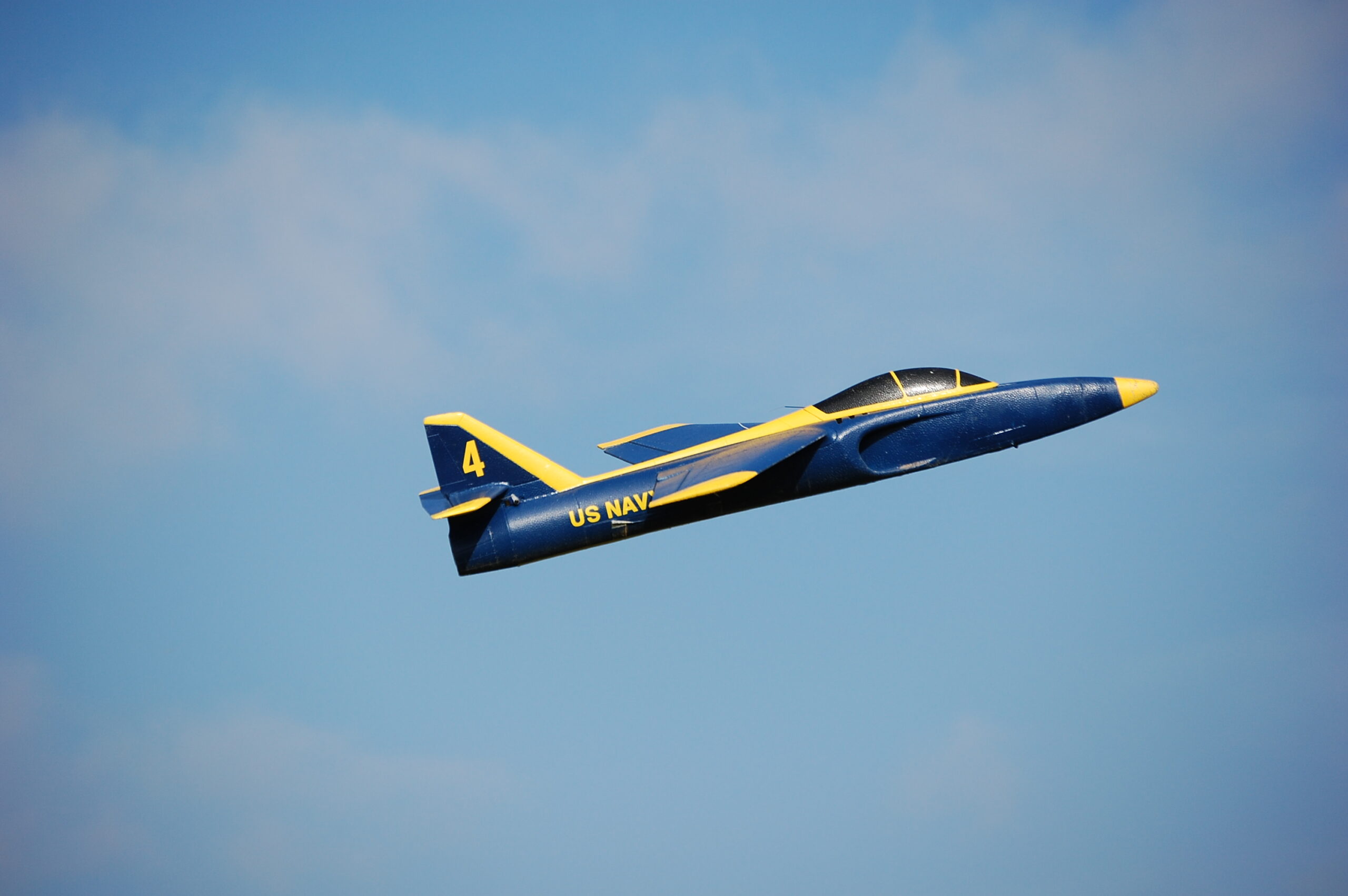

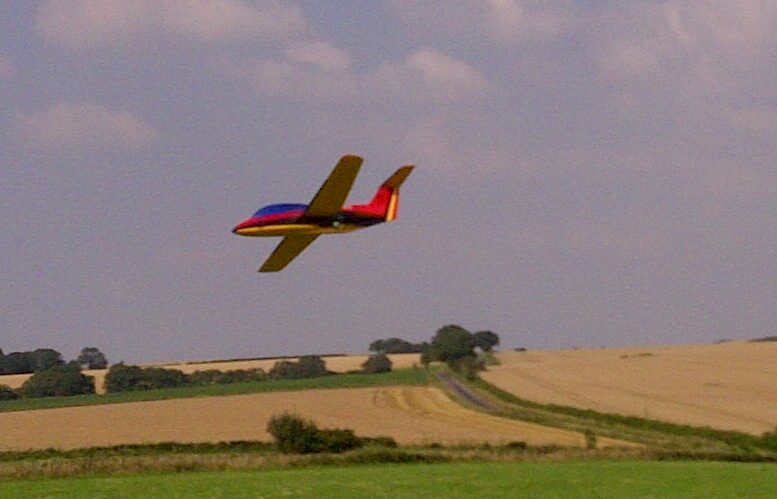
Video time now this month with footage taken by myself, Dougal, and mostly by MacFly.
Please watch the video full-screen, it’s so much better with small models flying around:
If the video won’t play for you please click HERE
Boarding an airliner for the first time, Sharon sat in a window seat in a quiet area.
A man came over and politely said, “Excuse me madam, I think you’re in my seat.”
But being totally unaware of the correct aircraft seating arrangements Sharon replied “Tough, just go away and find yourself another seat!”
He said, “Okay, fine, you fly the plane.”
Colin Cowplain

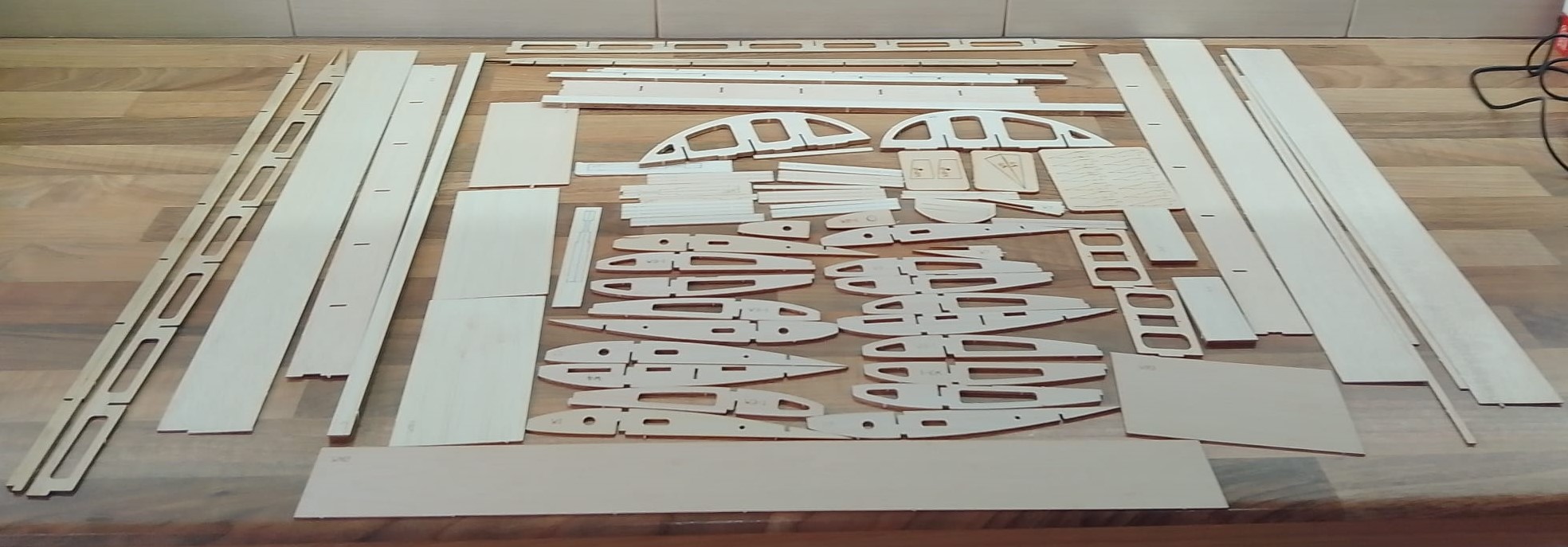

Thank you Colin, another good patch news.
Thanks Dwayne, always good to hear that it’s appreciated 🙂